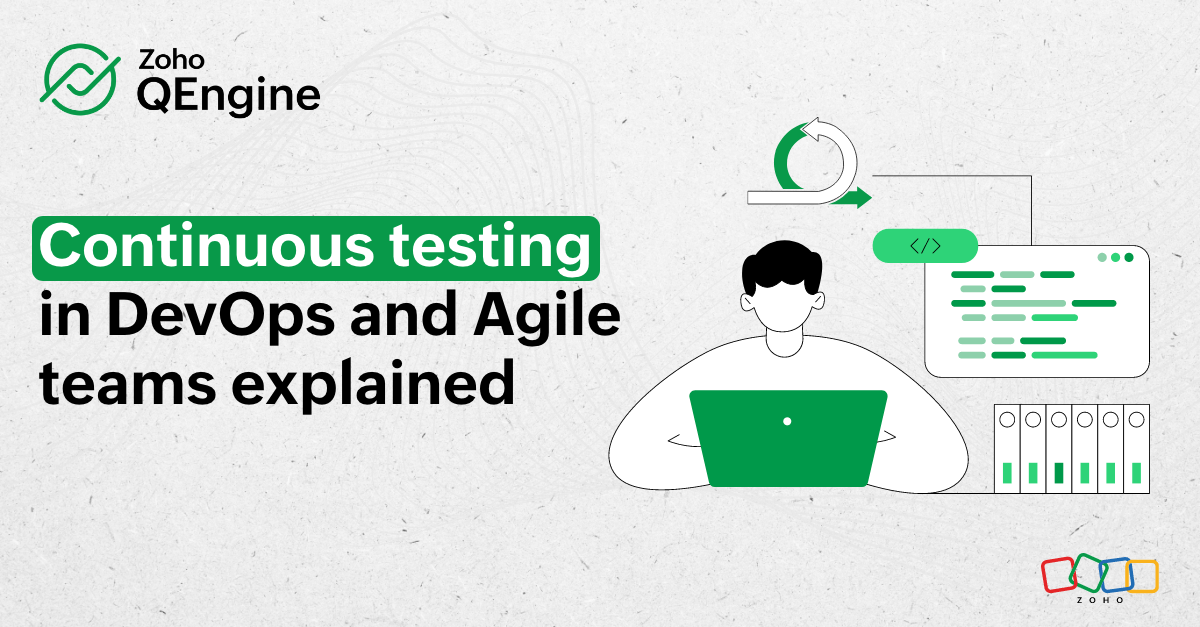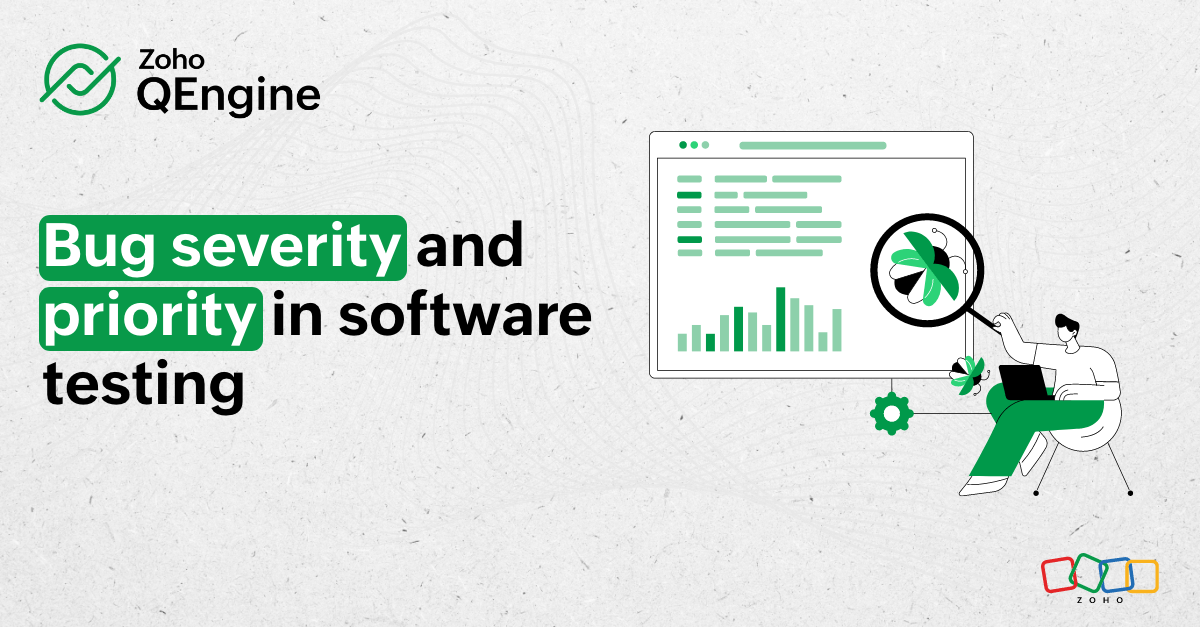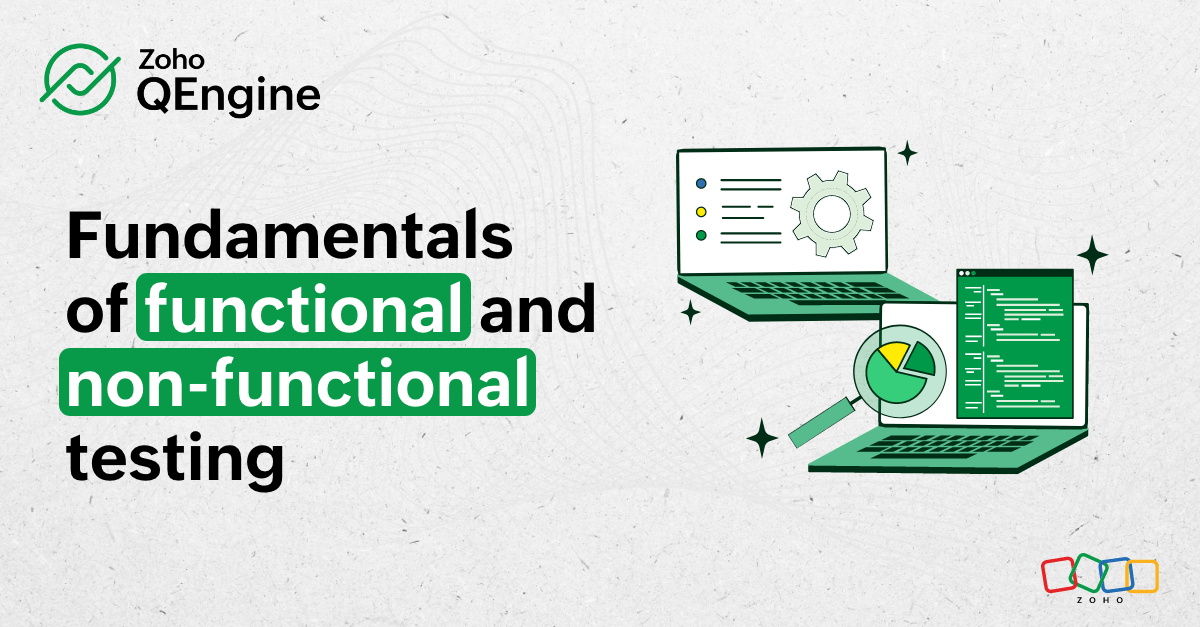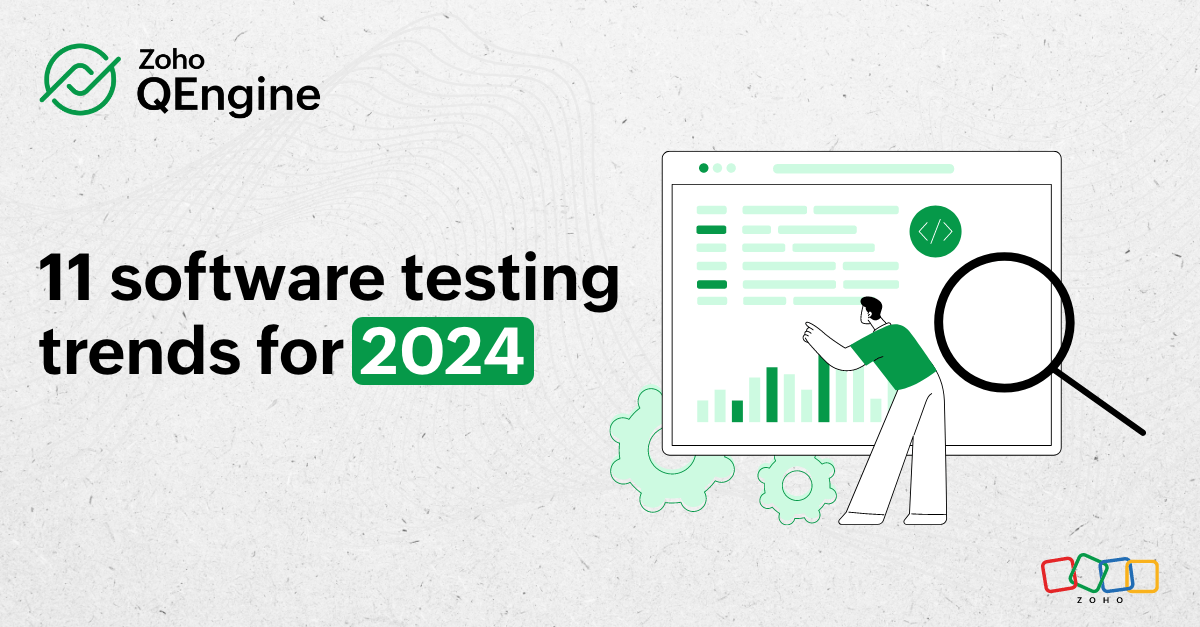Continuous testing in DevOps and Agile teams explained
- Last Updated : January 17, 2024
- 109 Views
- 4 Min Read
Continuous testing is the process of incorporating test automation coupled with regular feedback to effectively speed up the software development lifecycle, irrespective of DevOps or Agile methodology. Continuous testing can be performed for all software testing types and is also responsible for streamlining the CI/CD processes, which can enable faster and more efficient software delivery.
How continuous testing helps with software testing
Software testing plays a vital role in the software development lifecycle of a project. There are various software testing techniques that are used with regards to the requirements and corresponding phase of the project. The addition of continuous testing aids in:
- Shorter cycles/sprints - When planned properly, continuous testing facilitates the delivery of applications at regular intervals, which in turn contributes to shorter release cycles and Agile sprints.
- Continuous feedback - Continuous testing is responsible for regular feedback from each cycle, which can ensure better output, as it's easier to work on product fixes based on individual tests.
- Improved efficiency - Simultaneous testing and development based on the feedback from previous cycles ensures that less time is spent waiting for tasks to complete. Proper planning can greatly improve the time wasted on individual tasks of the cycle.
- Better output - Continuous testing with timely updates can help teams work on fixes as soon as changes are made to the code base. Regularly addressing bugs makes applications less prone to severe issues in the production phase.
- Reduced time - Early bug detection and faster application shipping equates to reduced time spent on testing, which increases productivity.
- Better code - Repetitive testing and continuous feedback indirectly contributes to better code quality, as working on bugs ensures that the codebase is well-structured and maintained.

What makes continuous testing difficult?
Continuous testing has many advantages that improve the efficiency of the software testing lifecycle—but it comes with its own unique set of challenges:
- Frequent team meetings - One of the prerequisites for ensuring the success of continuous testing is to communicate errors with the development team, so they can work on fixes. This requires multiple meetings involving the development and testing teams.
- Dedicated planning - Apart from efficient communication between teams, continuous testing also requires arranging the order of test case executions to maximize productivity. Figuring out how and when to use automation is also a key aspect for achieving optimal testing. The amount of planning required is proportional to the scale of the project and collaboration among teams.
- Time and resources - Increased complexity in the planning of tests can lead to an increase in the size of the dedicated resources required for it. Time and resources need to be spent on the actual tests that enable continuous testing.
- Continuous feedback loops - Feedback plays a vital role in continuous testing, as it forms the basis for all tests by informing the teams of requirements. After each test, based on the feedback from the teams, the code base is updated and the tests are tweaked to align with the project's requirements. The cycle of testing, feedback, and tweaking is repeated till the product is pushed for release.
Best practices for getting the most out of continuous testing
Dedicated planning for testing and the availability of resources doesn't guarantee that maximum efficiency can be attained from continuous testing. Here are some of the best practices to improve the effectiveness of continuous testing:
- Better communication - Improved and timely communication among participating teams can be crucial for achieving optimal results. Continuous testing requires input from the teams and relevant stakeholders for each sprint/cycle.
- Triggering tests at regular intervals - Simply repeating the existing set of tests won't help in making progress. Whenever a new build is out, it's essential to run the tests right away for efficient and faster testing.
- Test automation - Automation plays an important role in continuous testing, by enabling QA teams to cruise through each set of tests that need to be carried out. Manual testing is inefficient when it comes to continuous testing, as repeatedly running test cases is inefficient.
- Testing in containers - Containers like Docker and Kubernetes help the development team package the software build so it can be run efficiently on any environment, without much hassle. Having each build in containers makes them easier to test and also contributes to being truly production-ready.
- Use of reliable software - Test automation software that can help with orchestrating different tests, as part of continuous testing, improves productivity. The right software can also assist with collaboration between teams.
Where does continuous testing fit in SDLC?
Continuous testing, along with continuous integration and continuous delivery/deployment, can make the software development lifecycle easier for teams. Without continuous testing, CI/CD can't be executed efficiently, as it involves constant testing for pushing the build to production.
As new builds come into effect after the required code base changes, testing is carried out for each of these builds, either manually or through automation. Proper planning, supported by the right set of CI/CD and test automation tools, leads to increased productivity.
Features required for a continuous testing tool
Continuous testing tools need the following features:
- Efficient test creation
- Optimized test execution
- Multiple environments
- Parallel testing
- Extensive test analysis
- Team collaboration
Performing continuous testing with Zoho QEngine
Test automation is a key feature that makes continuous testing possible. Zoho QEngine is test automation software that complements a faster testing phase, by providing the option to create test cases with just low-code and no-code. Efficient test case management, with parallel testing and self healing on Zoho QEngine, can easily handle the time-bound and repetitive nature of continuous testing.
How to perform continuous testing on Zoho QEngine:
- Test suite creation - Create test suites by selecting and arranging all the relevant test cases, to be executed in parallel or sequence.
- Test execution - All the required test suites need to be added to the test plan for automation. Test efficiency can be further improved by selecting the number of parallel tests.
- Test analysis - Go to the results dashboard to analyze the performance of test plans and individual test cases.
- Collaboration - After analyzing the reports, they can be shared with the development team for resolution.


